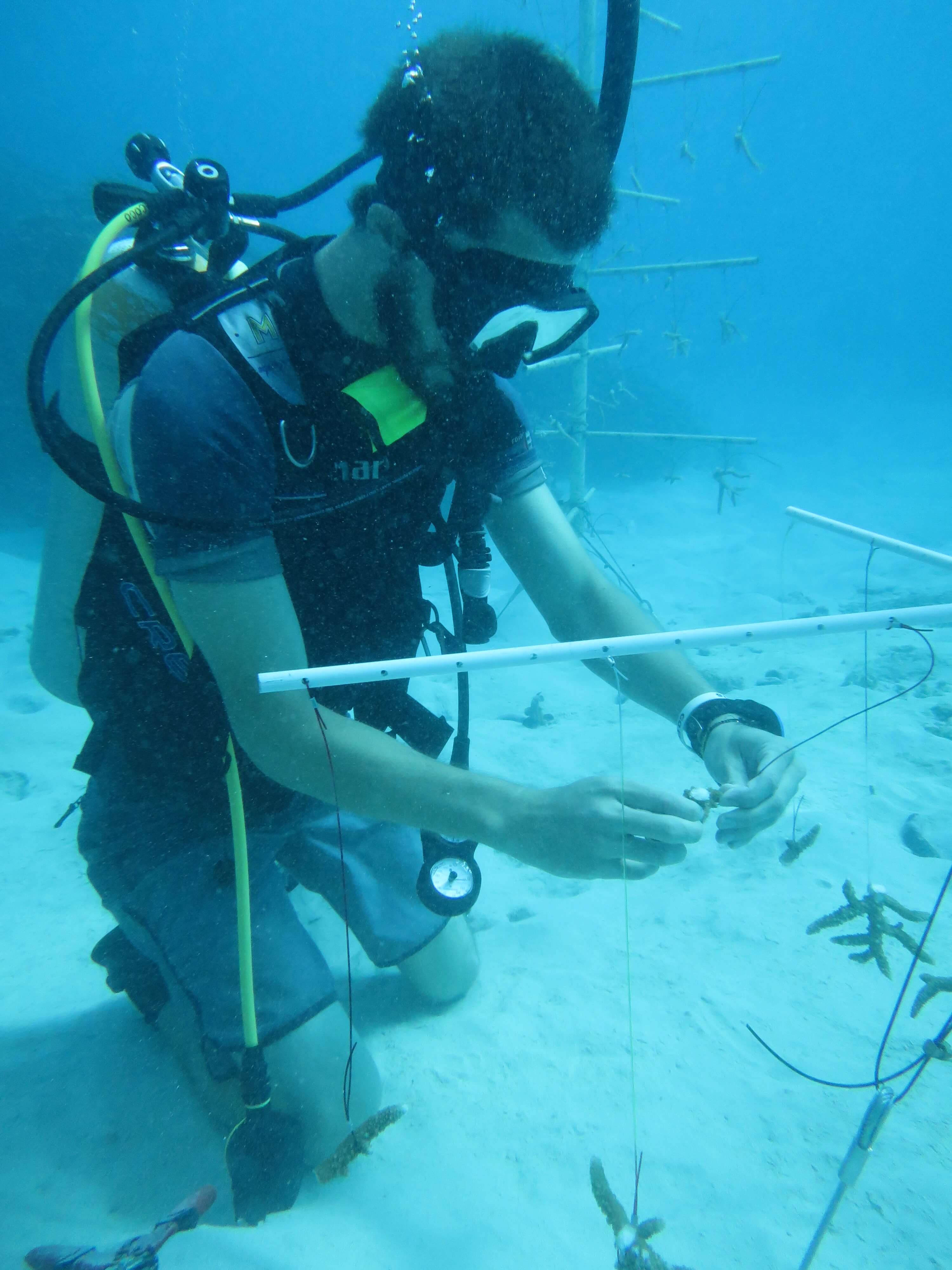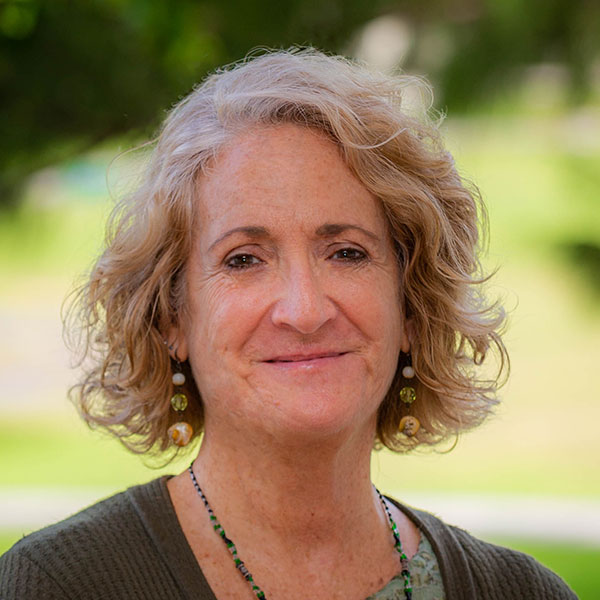Marine Lab secures grant for innovative coral restoration work
Marine Lab secures grant for innovative coral restoration work
Marine Lab secures grant for innovative coral restoration work
12/2/2019

Coral restoration efforts on Guam received a funding boost of $856,000 for the next three years. The funds were awarded to the University of Guam on Nov. 18 by the National Fish & Wildlife Foundation through its National Coastal Resilience Fund and will be matched with $596,000 raised by the university, bringing the total to $1.4 million.
The University of Guam project was one of 44 projects awarded nationally among 176 proposals.
“This award is a significant amount — the largest amount so far for coral restoration in this region, to my knowledge,” said Laurie J. Raymundo, interim director of the UOG Marine Laboratory who will serve as principal investigator and researcher on the grant.
The project will involve Raymundo and her graduate students, led by Ph.D. student Whitney Hoot, propagating types of staghorn corals that survived the mass coral bleaching and mortality events in the last five years. They will outplant cultured corals onto reef flats in Tumon, Piti, and Cocos/Achang while developing best restoration practices, including determining optimum planting density, maximizing genetic diversity, and examining environmental influences that impact the process.
David Combosch, an assistant professor of population genetics at the Marine Lab, will be genotyping all of Guam’s cultured populations of staghorns to examine differences in heat resilience and disease susceptibility. The group will attempt to cross breed gametes of these different populations, as well as plant populations of mixed genotypes, to facilitate successful interbreeding and development of genetically diverse populations.

The National Coastal Resilience Fund grant slate for 2019 will invest $29.3 million nationwide into innovative approaches that strengthen natural infrastructure to protect coastal communities, enhance fish and wildlife habitat, and allow communities to recover more quickly from hazardous weather events.
Funds will be administered by the National Fish & Wildlife Foundation in partnership with the National Oceanic & Atmospheric Administration. The Research Corporation of the University of Guam will manage the grant for the university.
Photo courtesy of University of Guam
